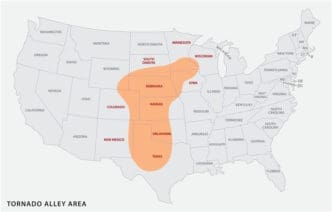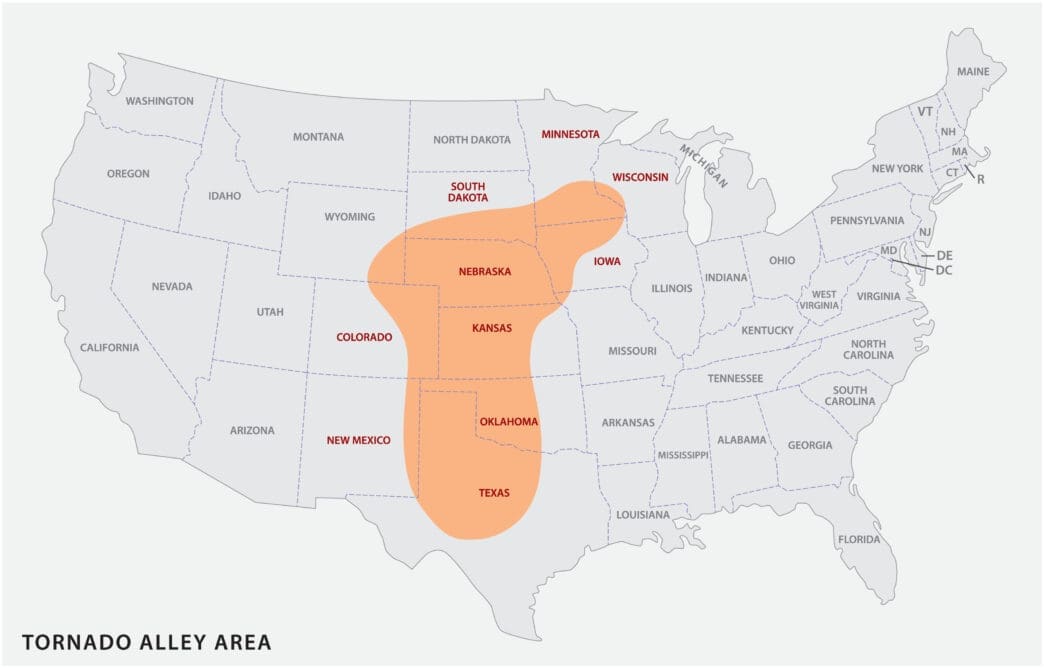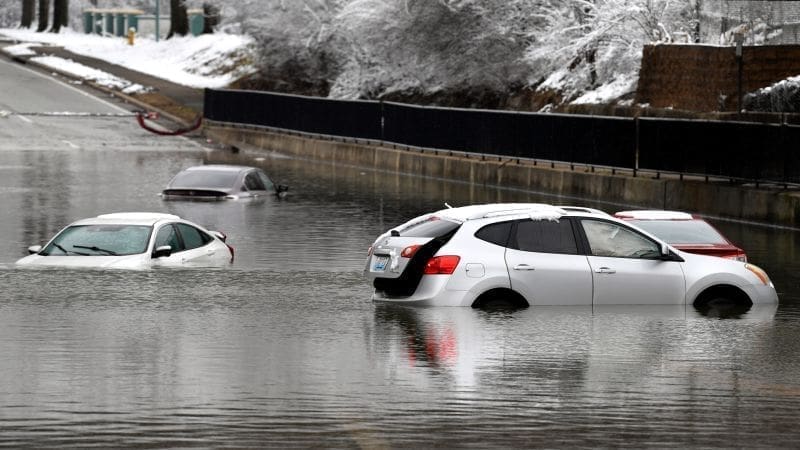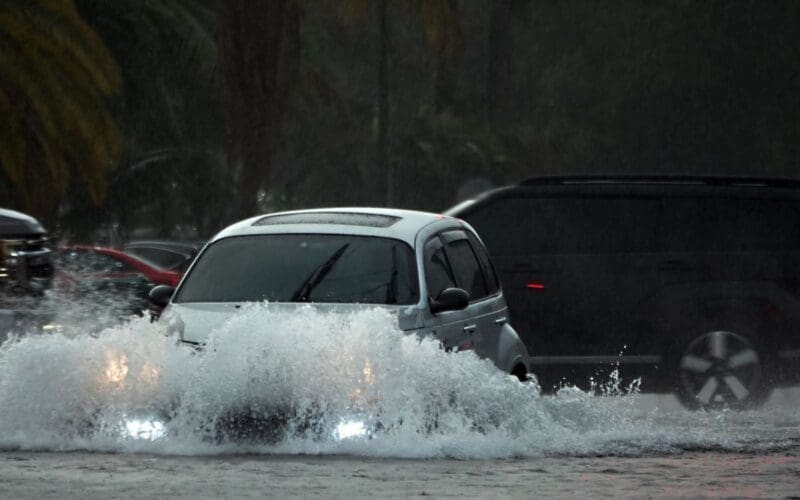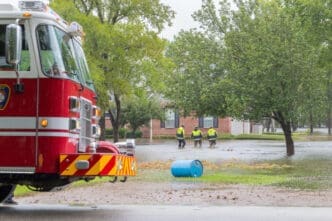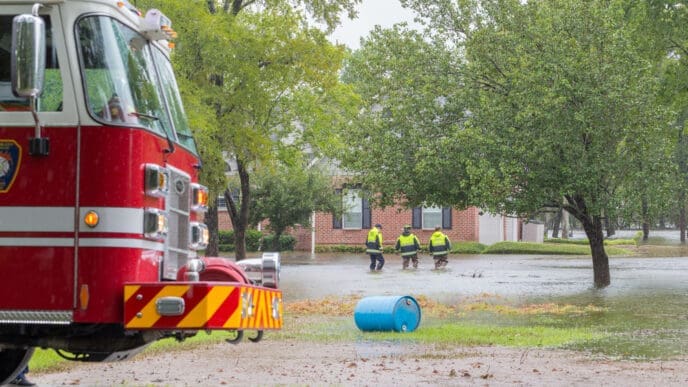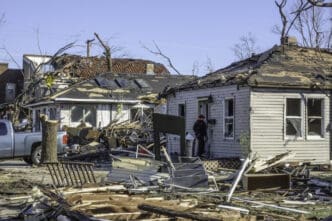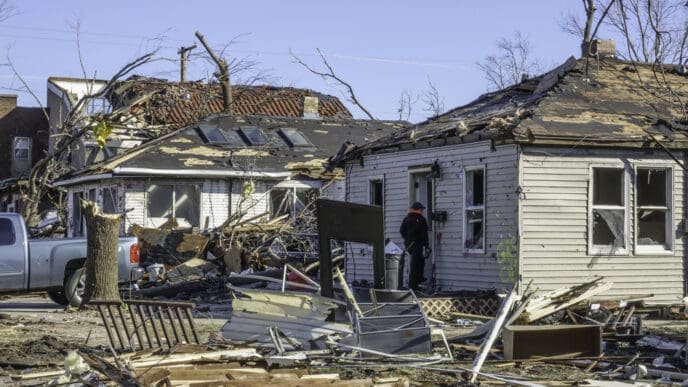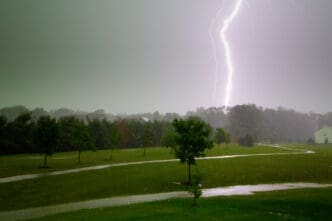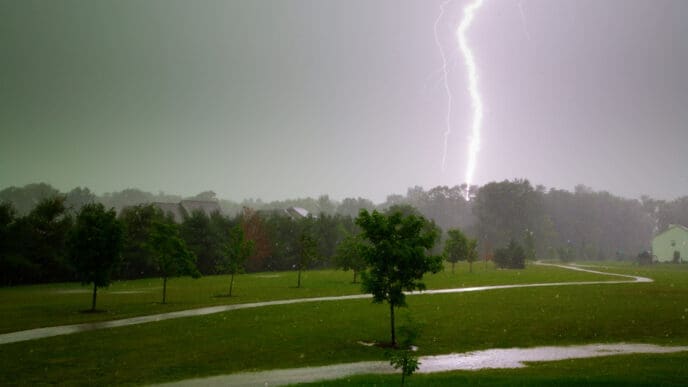Innovations and advancements in technology have enabled scientists to refine safety guidelines by learning from past major tornado outbreaks. During tornado season, forecasters emphasize the importance of not only staying safe during a storm but also planning ahead. Tornado seasons vary in their start times across different regions of the United States.
Traditionally known as Tornado Alley, which includes Kansas, Oklahoma, and Texas, the peak tornado season occurs from May through early June. In contrast, Dixie Alley, comprising southern states such as Arkansas, Louisiana, Mississippi, Alabama, and Georgia, experiences an earlier start to the tornado season. The concept of a tornado alley can be misleading since tornadoes have been recorded in all 50 states. Approximately 1,200 tornadoes occur in the U.S. annually, with violent twisters appearing outside these traditional tornado-prone areas, according to the National Severe Storms Laboratory. In 2023, an unexpected tornado near Los Angeles caused significant damage, tearing apart rooftops and injuring one person.
When a tornado approaches, with sirens blaring, pets barking, and children screaming, last-minute precautions could be lifesaving. Experts suggest simple preparatory steps before a twister arrives. Having multiple ways to receive emergency updates is crucial. Weather radios, specialized receivers capable of alerting and sounding alarms during emergencies, are recommended for every home and business. Although considered old-school technology, they are vital lifesaving tools, especially in the South, where nocturnal tornadoes are common. Weather radios can wake individuals in the middle of the night, ensuring timely alerts.
The National Weather Service advises having multiple warning methods, including weather radios, cellphone apps, or other systems, to ensure redundancy in case of power loss. When seeking shelter, enclosed, underground spaces or above-ground safe rooms designed to withstand tornado winds are ideal. However, not everyone has access to such shelters. In Oklahoma, for instance, clay soil makes basement construction expensive.
If sheltering above ground, the goal is to create as many barriers as possible between oneself and the outside. Utilizing mattresses, couch cushions, or other sturdy items can protect against flying or falling debris. Bicycle or sports helmets provide critical head protection and should be stored conveniently for quick access. For small children, car seats offer additional protection and can be brought inside in advance.
Recent studies indicate that closing a home’s garage and interior doors can mitigate high winds by compartmentalizing them, contrary to the misconception of opening doors and windows to equalize pressure. Preparing for the aftermath of a tornado is equally important, as individuals may face downed trees, power lines, and damaged structures. Dressing appropriately, including wearing long pants and sturdy shoes, aids in safely navigating hazardous terrain. An emergency kit with essentials such as drinking water and nonperishable food is advisable.
With forecasts predicting strong tornadoes this week in Arkansas, Tennessee, Kentucky, and other states, forecasters urge citizens to stock emergency supplies, identify safe locations, and establish a family communication plan.
In the event of driving during a tornado, it is crucial to avoid replicating unsafe practices portrayed in films like the recent Hollywood movie “Twisters,” which depicts characters running toward a highway underpass. If caught in a vehicle during a tornado, options are limited. The best course of action is to exit the road and find shelter in a building. If no shelter is available, there are no guaranteed safe choices. Survival stories exist for those who sought refuge in ditches, underpasses, or remained in their vehicles, but fatalities have also occurred in these scenarios. Vehicles have been known to be transformed into unrecognizable metal masses by tornado forces.
The Everyday Impact
- Enhanced safety guidelines and emergency preparedness can significantly increase survival rates and reduce injuries during tornadoes.
- Advanced warning systems provide critical information, allowing residents to seek timely shelter and take necessary precautions.
- Community awareness of tornado patterns and seasons helps individuals and families prepare emergency kits and establish communication plans.
- Understanding shelter options and the importance of physical barriers can mitigate risks associated with flying debris and structural damage.
- Redundancy in alert methods ensures that power outages or communication failures do not hinder the dissemination of vital emergency information.
